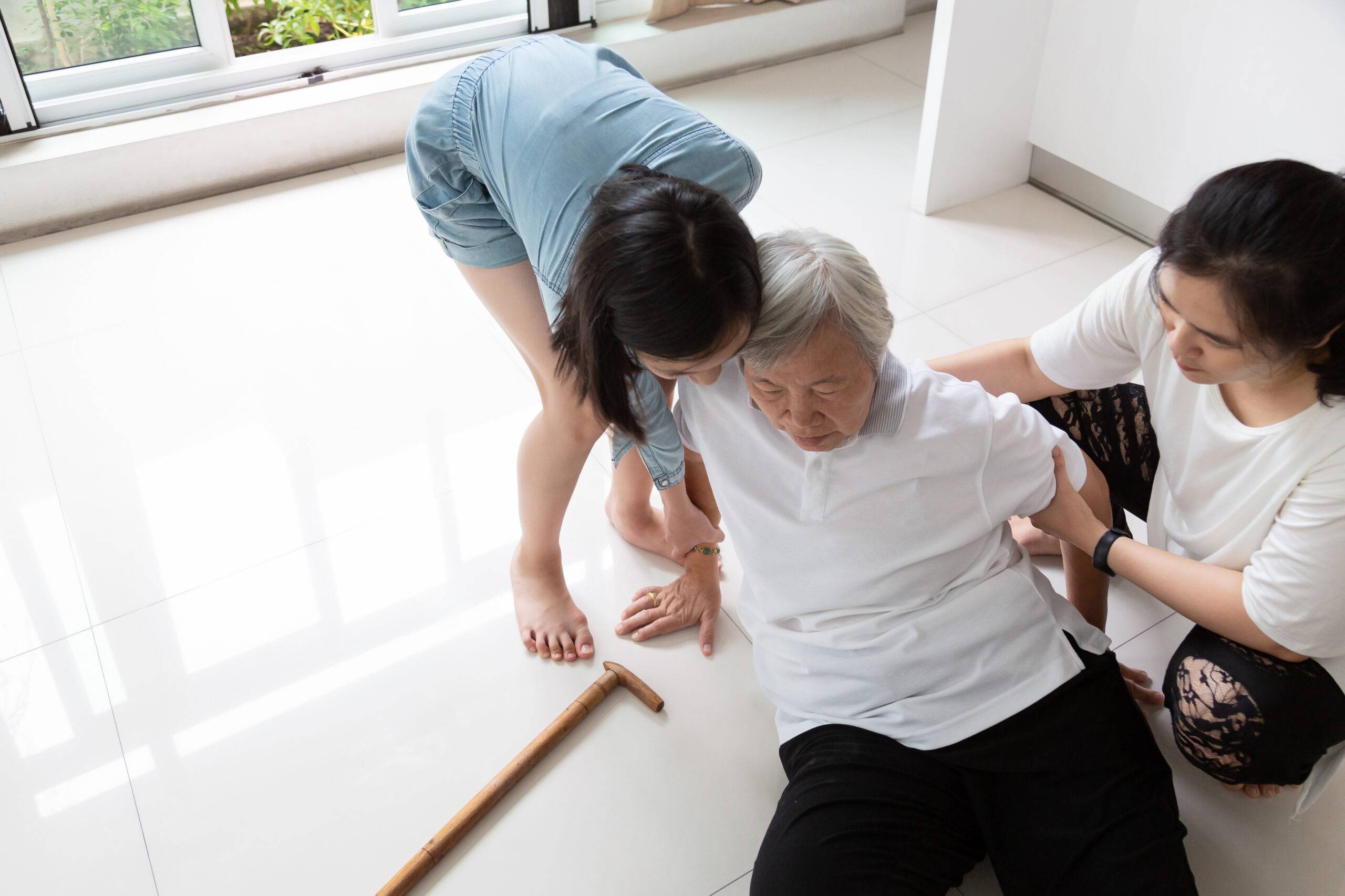As technology continues to advance, a key concern for many families is ensuring the safety and well-being of elderly loved ones. Fall detection devices have emerged as effective tools in providing peace of mind, especially for individuals at risk of falls. However, for those with pacemakers, questions arise about the compatibility and safety of using such devices. This article delves into whether fall detection devices work with pacemakers and explores the nuances of their interaction.

Understanding Fall Detection Devices
Fall detection devices are designed to alert caregivers or emergency services when a fall is detected. These devices often use a combination of sensors, such as accelerometers and gyroscopes, to identify sudden movements or impacts that indicate a fall. They can be worn on the wrist, around the neck, or integrated into smart home systems.
Types of Fall Detection Devices
- Wearable Devices: These include pendants and wristbands.
- Smart Home Systems: Integrated sensors placed around the home.
- Mobile Apps: Apps that use smartphone sensors to detect falls.
What Are Pacemakers?
Pacemakers are small devices implanted in the chest to help regulate abnormal heart rhythms. They use electrical pulses to prompt the heart to beat at a normal rate. For individuals with heart conditions, pacemakers are essential for maintaining heart health and preventing complications.
How Pacemakers Work
Pacemakers consist of a pulse generator and leads that deliver electrical impulses to the heart. They monitor the heart’s electrical activity and adjust the pacing as needed. This technology is critical for those who have irregular heartbeats or arrhythmias.
Compatibility Concerns: Fall Detection Devices and Pacemakers
A major concern for individuals with pacemakers is whether fall detection devices might interfere with the device’s function. Understanding how these technologies interact is crucial for ensuring safety and effectiveness.
Potential Interference
Some fall detection devices emit electromagnetic fields (EMFs) that could potentially interfere with pacemaker operation. However, modern pacemakers are designed to be resilient to most common EMFs encountered in daily life.
Testing and Compatibility
Manufacturers of medical devices, including pacemakers, often conduct extensive testing to ensure compatibility with other technologies. It is advisable for users to consult with healthcare providers and device manufacturers to verify compatibility.
Safety Measures for Using Both Devices
For those who rely on both pacemakers and fall detection devices, certain precautions can help minimize risks and ensure effective functioning.
Consult Health Professionals
Before using a fall detection device, individuals with pacemakers should consult their healthcare providers. Doctors can provide guidance based on the specific pacemaker model and the type of fall detection device considered.
Choose Compatible Devices
Look for fall detection devices designed to be compatible with pacemakers. Many manufacturers indicate whether their products are safe for use with medical implants.
Regular Monitoring
Regular check-ups with healthcare providers can help monitor any potential interference and ensure both devices are functioning correctly.
Technological Innovations in Fall Detection
Advancements in technology continue to improve the functionality and compatibility of fall detection devices, making them safer and more effective for users with pacemakers.
Smart Technology Integration
Many modern fall detection systems are integrated with smart home technology, allowing for seamless operation without interfering with pacemaker functions.
Non-Invasive Options
Devices that use non-invasive sensors can detect falls without emitting EMFs that could interfere with pacemakers.
Real-Life Experiences and Testimonials
Hearing from individuals who use both pacemakers and fall detection devices can provide valuable insights into their compatibility and effectiveness.
User Experiences
Many users report successfully using fall detection devices with pacemakers without any issues. These testimonials highlight the importance of choosing compatible devices and consulting healthcare professionals.
Expert Opinions
Medical experts and technology specialists often provide insights into best practices for using both technologies together safely.
Conclusion
In conclusion, the question of whether fall detection devices work with pacemakers is an important consideration for individuals seeking to enhance the safety of their loved ones. By understanding the potential interactions, consulting healthcare professionals, and choosing compatible devices, users can effectively manage both technologies. As advancements continue, the integration of these devices becomes increasingly seamless, offering peace of mind to users and their families.

FAQs
Can fall detection devices interfere with pacemakers?
While some devices emit electromagnetic fields, modern pacemakers are generally designed to resist such interference. Consulting with healthcare providers is advisable.
Are there specific fall detection devices recommended for pacemaker users?
Yes, many manufacturers indicate whether their devices are safe for use with pacemakers. It is important to choose a device that has been tested for compatibility.
What steps can I take to ensure the safety of using both devices?
Consult healthcare providers, choose compatible devices, and ensure regular monitoring to minimize risks and ensure effective functioning.
This article contains affiliate links. We may earn a commission at no extra cost to you.






